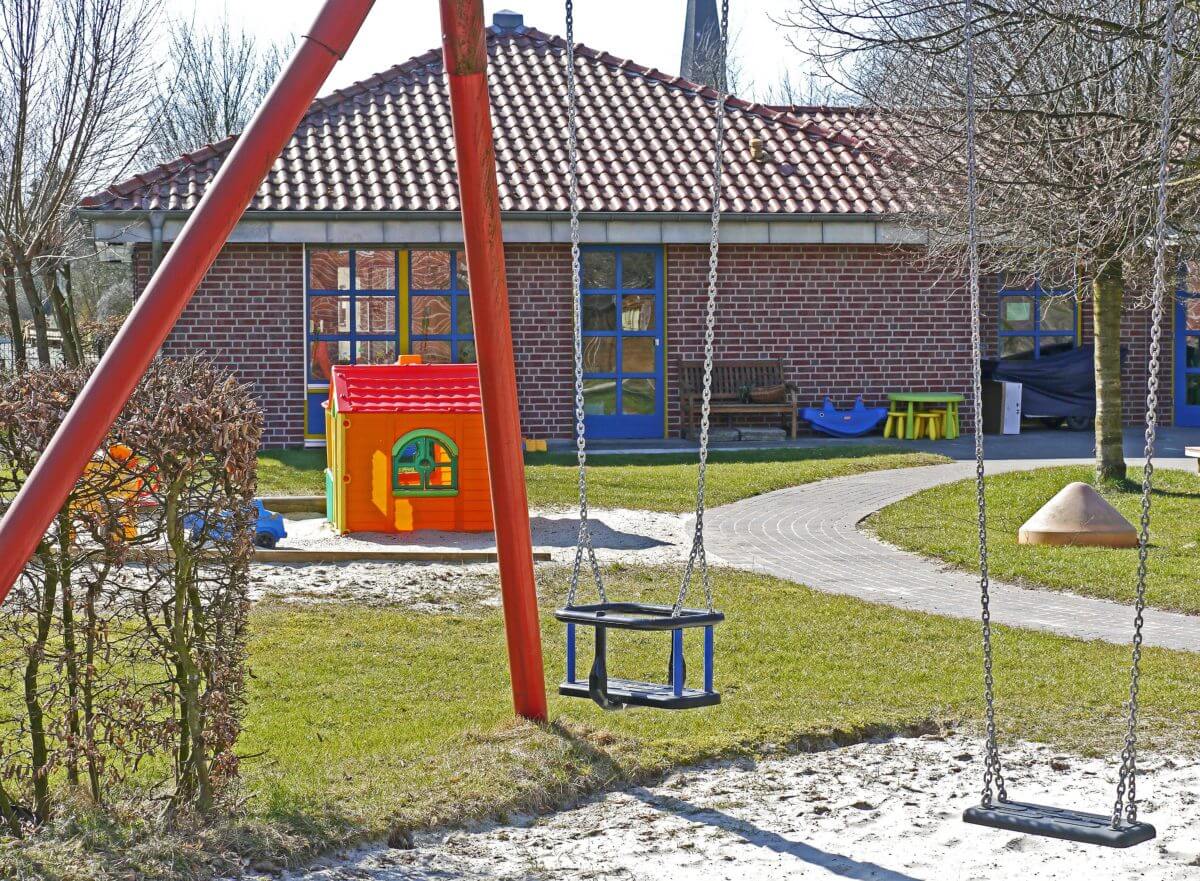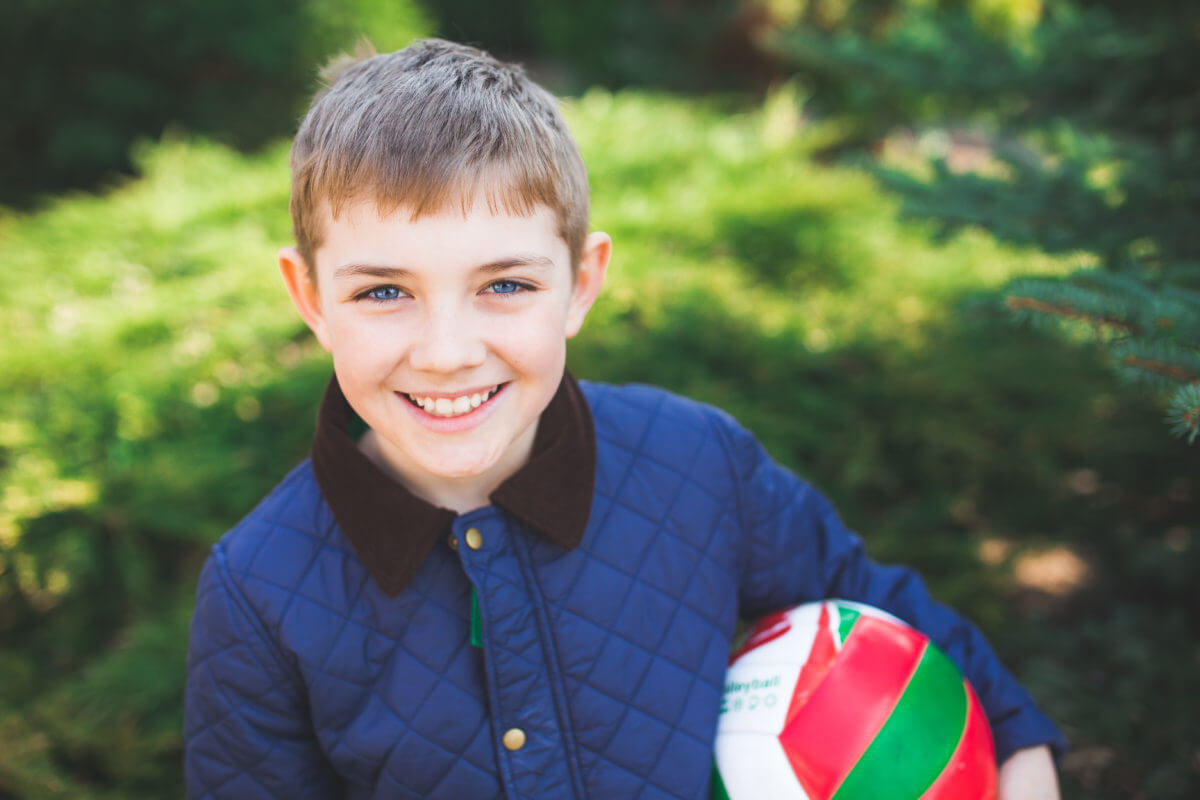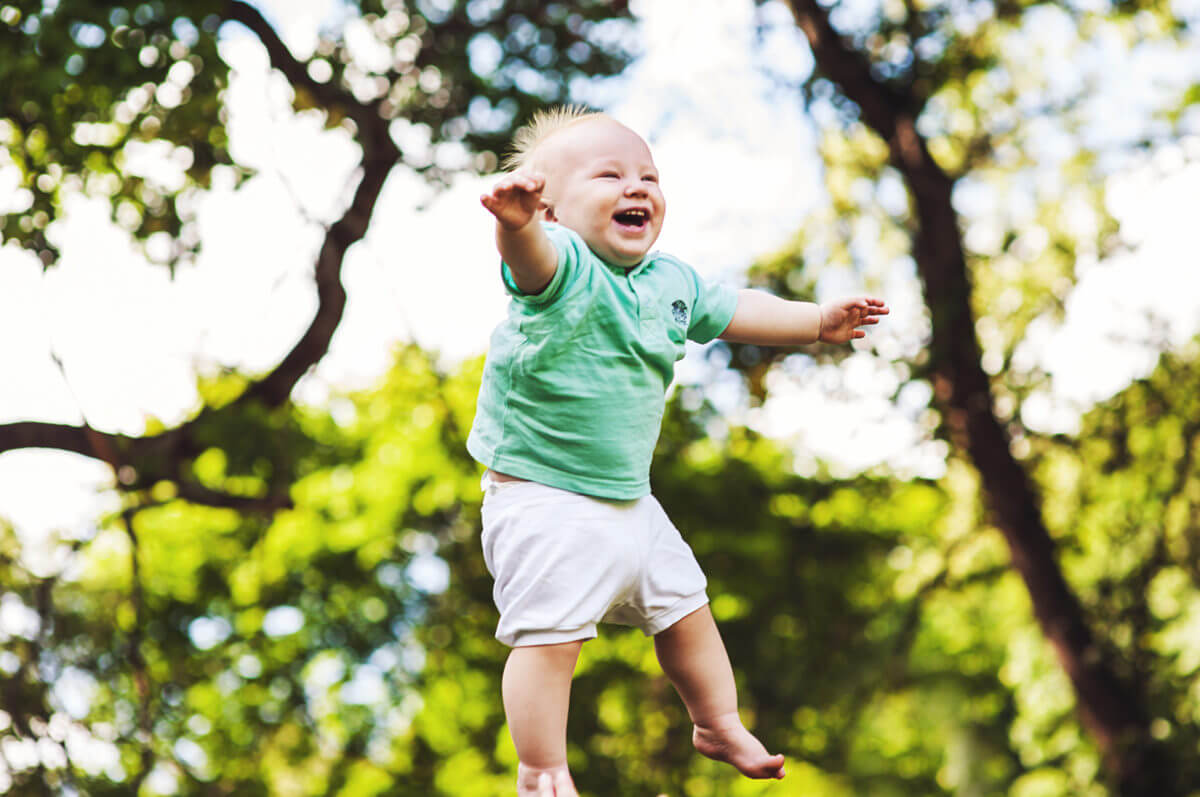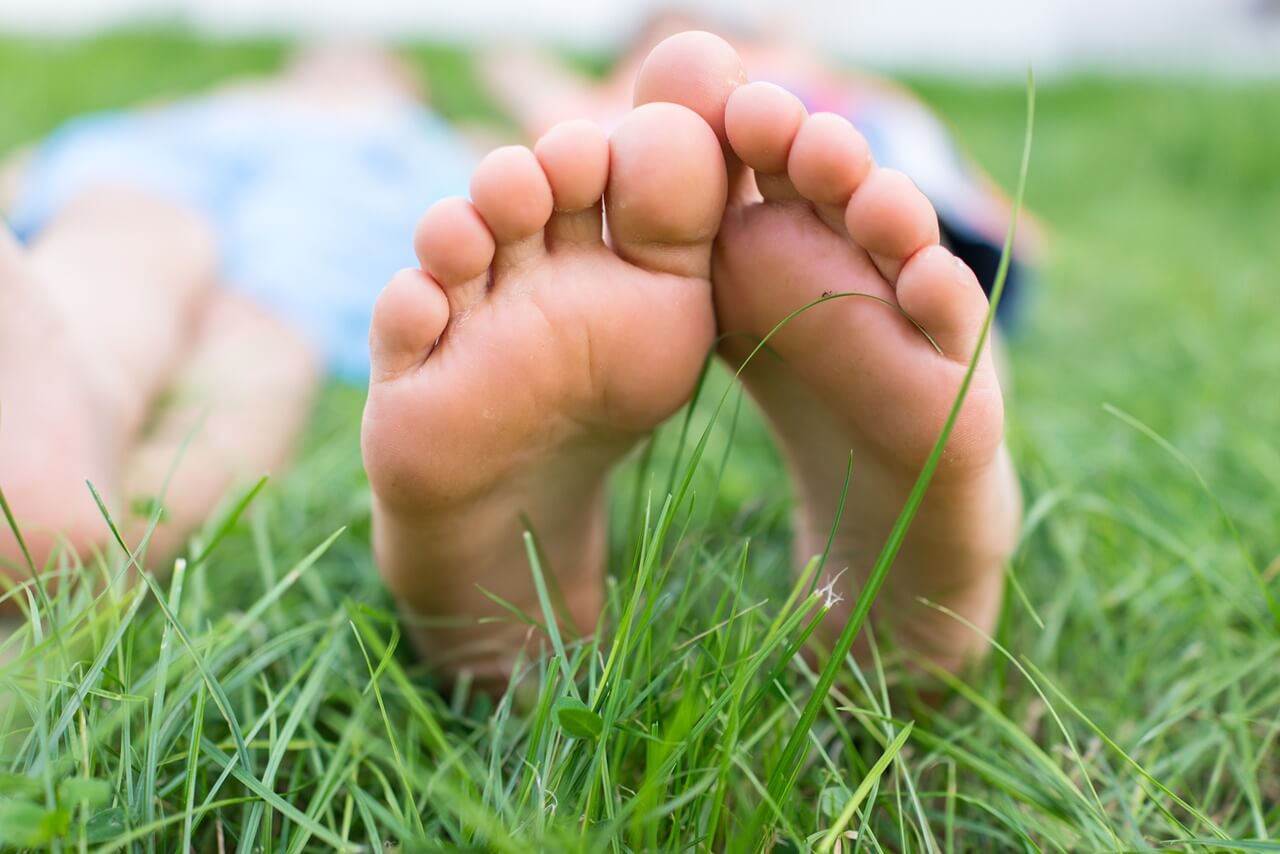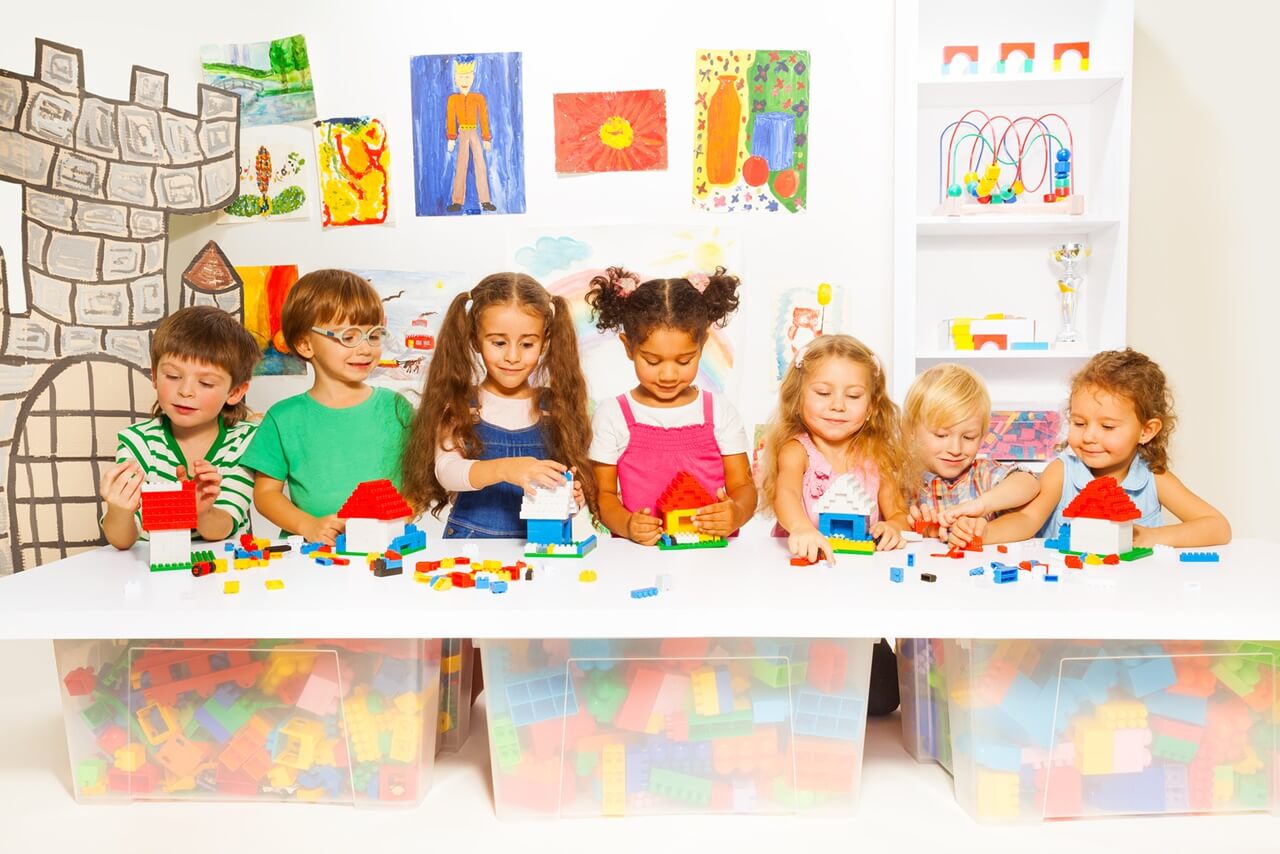Planting flowers is therapeutic and provide gardeners with an opportunity to enjoy the fresh air. Gardening provides kids with exceptional developmental benefits. Gardening together with your children provides them with an opportunity to play, learn and grow. Here at Garden Play, here are some key benefits we see:
Planning & Organising
Gardening is a time-consuming art that involves sound planning and organizing. The gardener must know the right time to plant the seeds, the duration and the time of the year that the flowers bloom. When kids are involved in the process, they sharpen their planning, as well as, problem-solving skills.
Learning Patience
Gardening requires patience and performing different tasks together with kids teaches them to embrace patience. Gardening is quite slow and helps to neutralize the immediate gratification associated with children. Children learn to wait for their vegetables and flowers to grow and are rewarded when the plants/flowers sprout.
Learning Responsibility
Kids become more responsible as they engage in different gardening activities. Children take care of their seedlings and ensure they become healthy plants each day. Parents and teachers can prepare a checklist for kids like watering, and mulch to ensure they take care of their plants each day.
Fostering Family Bonds
Many kids love to garden together with their parents. The tradition continues even in adulthood. Parents and their children work together and decide appropriate plants and vegetables to grow at different times of the year.
Introducing Science
Gardening introduces children to the world of science, particularly chemistry, biology, and botany. Kids become curious as they plant their first seeds, monitor how the seedlings are doing each day and develop.
Motor Skill Development
Motor control grows through pouring water, placing seeds in different pots, and scooping up dirt. Gardening with kids helps to develop critical motor skills that assist them to boost academic skills like typing, cutting, and writing.
Encouraging Healthy Eating
Healthy eating optimises body and brain development. Parents and educators can help kids eat different veggies and fruits, as children will love to eat the veggies and fruits they have grown, like lettuce, carrots, and beans.
Engaging the Senses
Children tend to learn better when they engage all their senses. Kids love gardening because they get an opportunity to see the different sizes of the plants and touch and feel the flowers, seeds, and dirt.
Gardening helps children in many ways. Gardening with your kids will equip them with valuable academic and personal development skills. Gardening offers children with the best opportunity to learn, play and grow.

